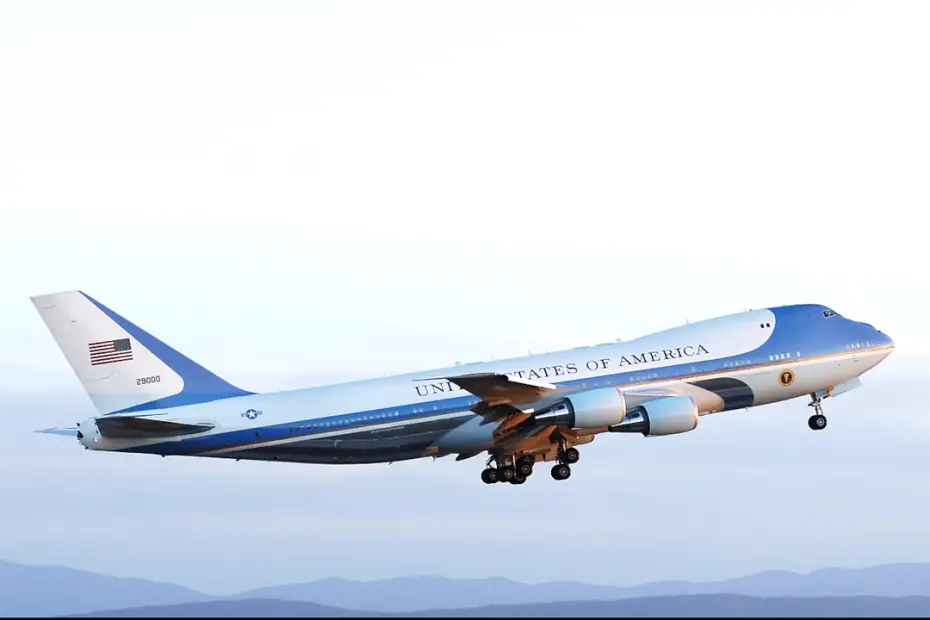Have you ever noticed that the American flag on airplanes is always displayed backward? At first glance, it may look like a mistake, but what most people don’t know is that this is an intentional agreement with a lot of significance. Comprehending why the American flag appears reversed on airplanes unveils a lot of interesting aspects of flag etiquette deeply ingrained in American culture. For example, did you know that the thirteen alternating red and yellow rays on the Arizona State flag represent the original thirteen colonies?
As you can see, flag etiquette and symbolism have evolved greatly over the years, both among state flags and the national flag. Read on as we delve into the etiquette behind this unique display of the American flag on airplanes.
Origin of U.S. Flag Etiquette
Flag etiquette in the United States has evolved over the years, adapting to the ever-changing societal norms. Initially, official flag display guidelines did not exist. However, due to the need for standardized practices, the National Flag Conference in 1923 established the United States Flag Code. The code outlined proper flag etiquette, including rules for the display, handling, and disposal of the flag.
A notable addition to flag etiquette came with the introduction of the concept of the backward flag on moving objects. In 1942, amid World War II, the War Department issued regulations for displaying the flag on military aircraft and vehicles. It was determined that the flag should be presented so that it faces the observer’s right. It should also give the effect of flying in the breeze as the wearer is propelled forward.
So, when you see the American flag with the stars pointing toward the front, it gives the impression that the flag is streaming back as if blown by the wind as the aircraft moves forward. This arrangement ensures that no matter which way the flag is flown, the union (the blue field with the stars) remains in the prominent position of honor, reminiscent of the flag flying proudly and boldly into battle.
Explanation of Backward Display
The purpose of displaying the US flag backward on airplanes is so that it appears to be flying in the wind as the aircraft moves forward. The practice stems from the Civil War when a standard bearer would be assigned the responsibility of carrying the flag when charging into battle. With the bearer’s movements, their forward momentum would result in the flag streaming backward, its stars facing forward, and stripes flying behind.
Displaying the US flag therefore is a way of showing honor to the numerous battles it has been carried into, not forgetting the honorable men and women that have fought under her. It is a celebration of the flag and how it should always fly free under all circumstances.
While flag etiquette is deeply ingrained in American culture, some argue that strictly adhering to these rules may overshadow the spirit of patriotism. Critics question whether the flag’s backward display on aircraft is necessary or merely a tradition that people choose to uphold without asking any questions. However, amidst the controversies, the flag’s symbolism remains a powerful symbol of national unity and identity.
Symbolism of the American Flag
A symbol of freedom and justice for over 225 years, the American Flag embodies the enduring spirit of democracy, representing the nation’s resilience in the face of turmoil. The flag’s 13 white and red stripes represent the country’s 13 original colonies, while the 50 white stars on a blue background stand for the 50 states. Also, every color on the flag bears meaning. Red stands for bravery and valor, while white signifies purity and innocence. Blue, on the other hand, represents justice, vigilance, and perseverance. Proper orientation of the flag is vital in conveying its symbolism, emphasizing the nation’s principles and values. Its position of leadership and honor reflects America’s dignity and strength.
Conclusion
To sum it up, displaying the American flag on airplanes is a deliberate tribute to its history and symbolism. Reflecting on the significance of flag etiquette serves as a reminder of the values it stands for – unity, freedom, and justice. Therefore, let us appreciate and uphold the honor of the American flag, honoring those who have sacrificed for it.

